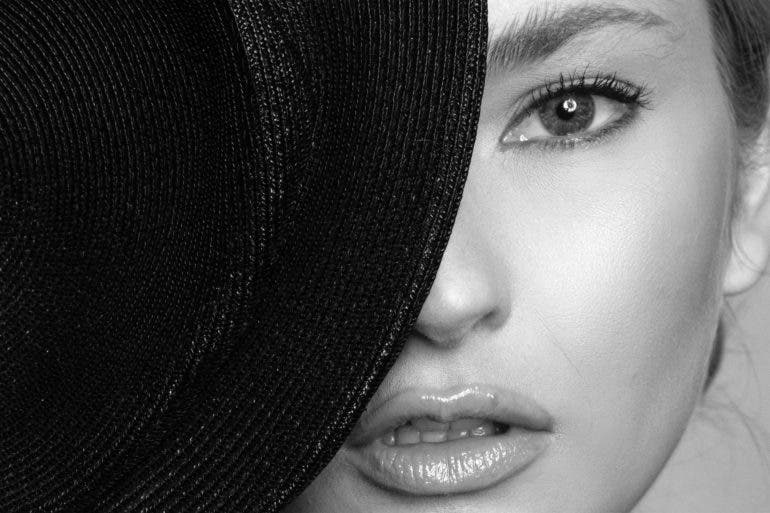What separates a good portrait from an incredible one? While you can nail the basics like lighting, composition, styling, and the chosen medium to capture an image, it may still fall flat. Learning how to connect with a client and develop a mood is one of the most crucial skills that the greats in the industry have. Not only do they know how to properly frame the specifics, they know how to capture a moment. Capturing a moment takes a lackluster photo and drives it to resonate with the viewer while simultaneously elevating the overall frame. Below are a few tips on connecting with a client, communicating, and using visualization for better portraits.
We hate banner ads too. Download our app for iOS, iPad, and Android and get no banner ads for $24.99/year.
First, Build A Rapport

The foundation of most successful portrait sessions is built by establishing trust and rapport. It’s a vital necessity when it comes to photographing many women. So, how do you go about doing this? We have discussed how crucial it is to create a safe space. Communicating the overall game plan for the session and opening up the conversation for them to establish any necessary boundaries in crucial to that effort. Rapport is a key to better portraits.
Let them know when hair looks awesome or when their chosen outfit will photograph well. If something isn’t working or doesn’t look right, suggest an alternative while emphasizing a feeling of improvement. Positive reinforcement keeps the energy where it needs to be by not casting doubt, which will fuel insecurity.
Communication

Get to know your clients. Ask them questions about themselves and their interests, which will provide insight into their personality and identify any commonalities. It also sheds light on verbal cues to direct the mood. Pay attention to their body language. Their body language is a great reference point for channeling the mood: something the best photographers understand in order for better portraits. It will let you know when they are and are not comfortable with something. Their comfort is crucial until they trust you. Finding out their interests is excellent as reference points when trying to paint an overall scene.
Visualization

This is probably the most significant skill to work on as a portrait photographer when directing the mood. Here are a few questions to consider to start.
- What is the overall mood? Is it happy, sad, flirty, romantic, sensual, or tense?
- What does that look like?
- More importantly, what does that feel like?
Once you have these questions, you can start directing them according to what you’ve learned. Maybe they shared a moment from a recent trip abroad and had the best time in the sun with the wind blowing in their face. Have them return to that moment and recall the sun’s warmth against the cool breeze. Have them stay in the moment and open their eyes. It will create far better results than telling them to “get a little moodier and look over there”.
Sometimes we want to capture a moment and have the subject look away from the lens. Be specific with where you want their eyes. Then ask them to visualize their kids bringing flowers, or their best friend telling them a joke. It helps them get into character and, in the end, visually makes for better portraits.
I often aim for sensuality when photographing models, as do many boudoir photographers. What does that look like? Sometimes I have them focus on a moment with their significant other and channel what that felt like. Sometimes it’s easiest to ask them to visualize the lens as their partner. If I want a little fun and flirty vibe, I ask them to recall the last time their partner made them laugh.
There are also many times when pop references come in so handy. Have them pretend they were Julia Roberts when she got to go in and tell the snooty ladies what a big mistake they made in Pretty Woman. Ask men to channel Al Pacino’s energy in The Godfather. These are excellent references for newfound channeling confidence. I like to cue men to aim for Zoolander Blue Steel because the resulting laugh makes for the best portrait of them smiling.
Final Thoughts
It’s one thing to take better portraits of someone, but it’s something completely different to capture a real moment. The moments are what bridge connections and create timeless images. Knowing how to direct the mood and properly execute the shot is what develops relationships and keeps clients coming back. It’s also what separates the mediocre from the greats.



Leave a Reply